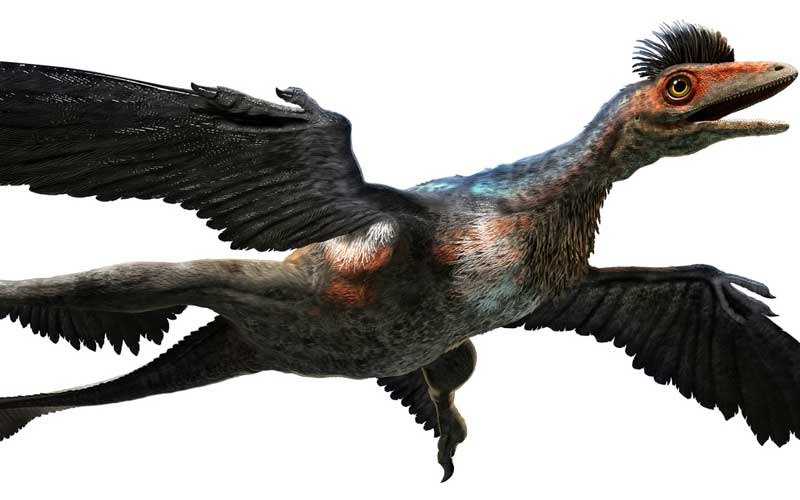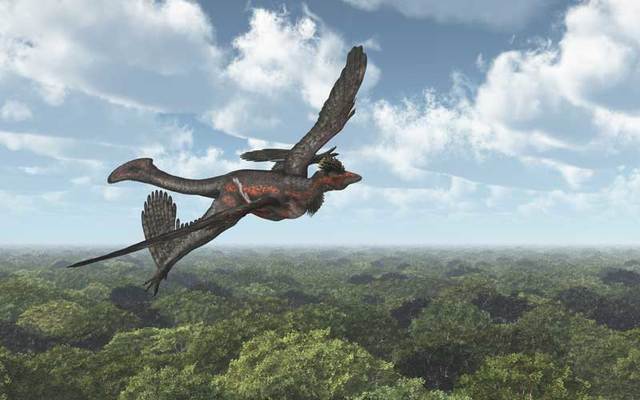Dinosaur dandruff has helped scientists in Ireland understand how dinosaurs and early birds shed their skin.
In 2012, a team of paleontologists from University College Cork led by Dr Maria McNamara, traveled to China to the study fossils of feathered dinosaurs from the Cretaceous era. They examined the fossil cells and dandruff from modern birds with powerful electron microscopes and chemical analysis and made a surprising discovery.
"We were originally interested in studying the feathers, and when we were looking at the feathers we kept finding these little white blobs, the stuff was everywhere, it was in between all the feathers," said Dr Maria McNamara.
Read More: Massive 10-year DNA study seeks 1 million participants
"We started wondering if it was a biological feature like fragments of shells or reptile skin, but it's not consistent with any of those things, the only option left was that it was fragments of the skin that were preserved, and it's identical in structure to the outer part of the skin in modern birds, what we would call dandruff."
Like human dandruff, fossil dandruff is composed of tough cells called corneocytes, which in life are dry and full of the protein keratin, the Daily Mail reports.

University College Cork.
“The fossil cells are preserved with incredible detail – right down to the level of nanoscale keratin fibrils,” said Dr McNamara.
“What's remarkable is that the fossil dandruff is almost identical to that in modern birds – even the spiral twisting of individual fibers is still visible.”
The researchers, who studied the feathered dinosaurs Microraptor, Beipiaosaurus and Sinornithosaurus, found the dinosaurs shed their skin in flakes like modern birds and mammals do, and not as a single piece or several large pieces, like many modern reptiles. The team also studied the early bird Confuciusornis, which shed its skin in flakes. The scientists believe this type of skin shedding evolved sometime in the late Middle Jurassic, around the same time as there was a burst of feathered dinosaurs evolving, reports the BBC.
Dr McNamara said: “There was a burst of evolution of feathered dinosaurs and birds at this time, and it's exciting to see evidence that the skin of early birds and dinosaurs was evolving rapidly in response to bearing feathers,' Dr McNamara added.”

Microraptor. Credit: iStock
Study co-author Professor Mike Benton, from the University of Bristol's School of Earth Sciences, said: “It's unusual to be able to study the skin of a dinosaur, and the fact this is dandruff proves the dinosaur was not shedding its whole skin like a modern lizard or snake but losing skin fragments from between its feathers.”
The study, which was published in the journal Nature Communications, also offers more evidence that early birds had limited flying skills.
Read More: Irish paleontologist leads discovery of new feathered plant-eating dinosaur (VIDEO)
Modern birds have fatty dandruff cells that help them shed heat when they are flying.
"In these fossil birds, their cells are packed full of keratin and there's no evidence they had any fats in these cells at all," said Dr McNamara.
"So that suggests they had lower body temperatures than modern birds, almost like a transitional metabolism between a cold-blooded reptile and a warm-blooded bird."




Comments